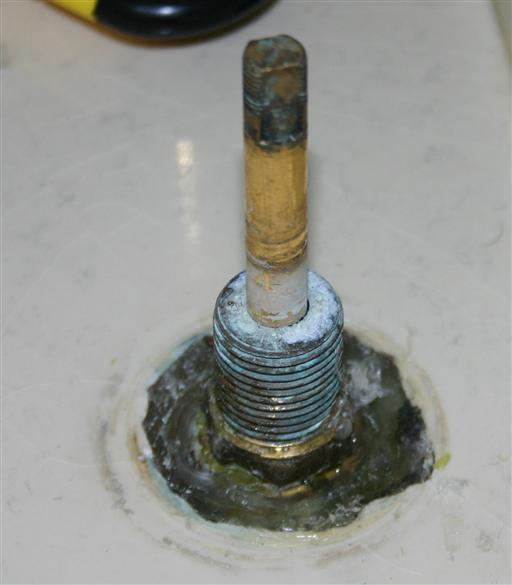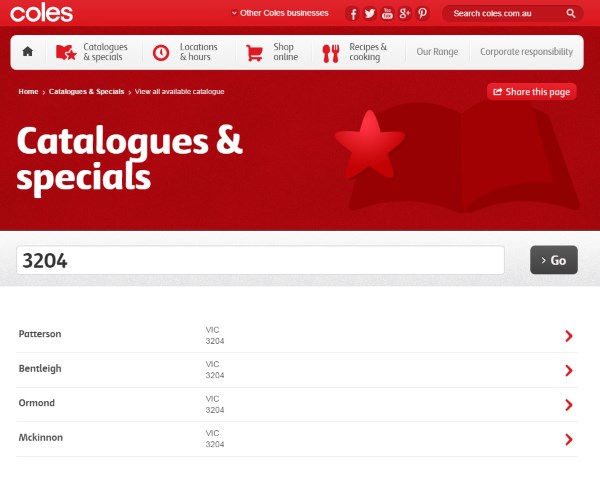
Houses need maintenance, it’s just a fact of life. Things wear out. But programmers are not alone in creating artifacts without thought for the subsequent fixing of the going wrong of things.
Take a look at this tap. This tap is copper, as you can tell by the oxidation. Inside it is a washer that, as a function of how many times it’s been opened and closed, now needs replacing. This is normally a simple matter of turning off the water supply to the house, unscrewing the tap body, popping out the old washer and slipping in a new one. But if the plumber or whomever followed in their footsteps decided to make things more watertight by the liberal application of silicon sealant, you’re in for some fun times digging it all out so as to be able to get a spanner onto the bastard of a thing.
The plumbing all through my spacious bathroom continues in a similar vein.
One of the shower taps can’t be removed with a spanner because it’s too deeply recessed into the wall. So deeply recessed that the tap had to be extended out so that the cover could screw on. But rather than extend the tap out via a pipe extension, the tap was extended out with a thread extension. So, joy of joys, I can’t change the cold water washer.
Part of the house maintenance was to install a Residual Current Device, a saftey switch. This protection extends to the spa bath’s pump, which is how we found out the pump has a leakage problem – switch the pump on, and the whole house is plunged into darkness. Should be a simple matter of locating the pump, determining where the unit has degregated, and replacing it. If, say, it was externally mounted. Which it isn’t. I believe it’s mounted under our bathtub, in the cavity between the tub and the wall. There is no way to access this area, not via a removable panel or anything of the ilk – the whole lot has been tiled in. Which tile should I remove to get to the unit? The left hand side or the right? No one knows. Naturally, there are no spare tiles to replace any that get broken in the search. For all I know, the pump may be under the floorboards, but the bathroom’s just about as far as you can get from the underhouse access trapdoor, and I haven’t gotten up the courage to go looking for it yet. If the pump’s not under there, I hope there is under-floor wiring that will give a hint as to the location of the pump – but I’m not holding my breath.
What home maintenance nightmares have you seen as a function of poor design?




